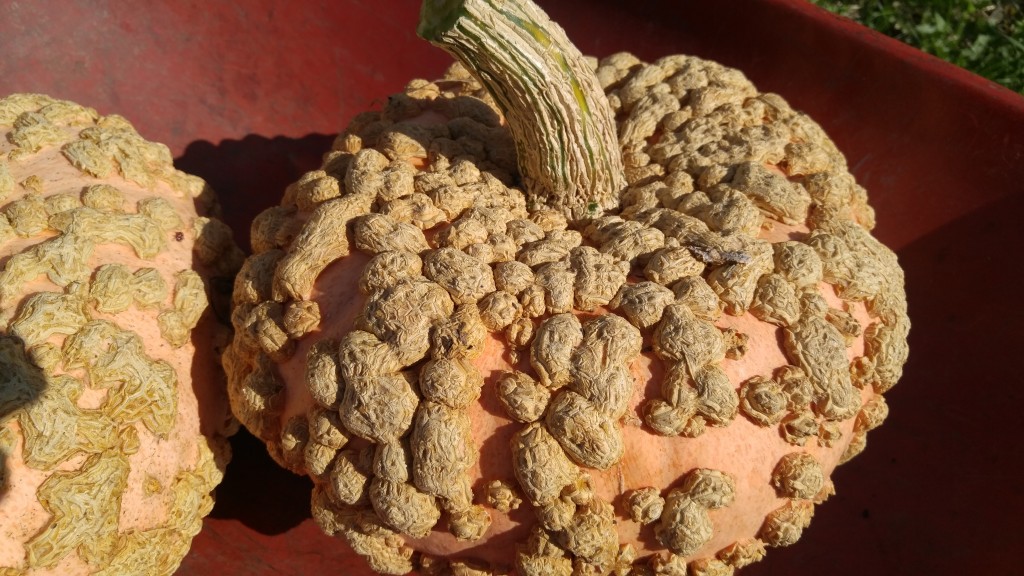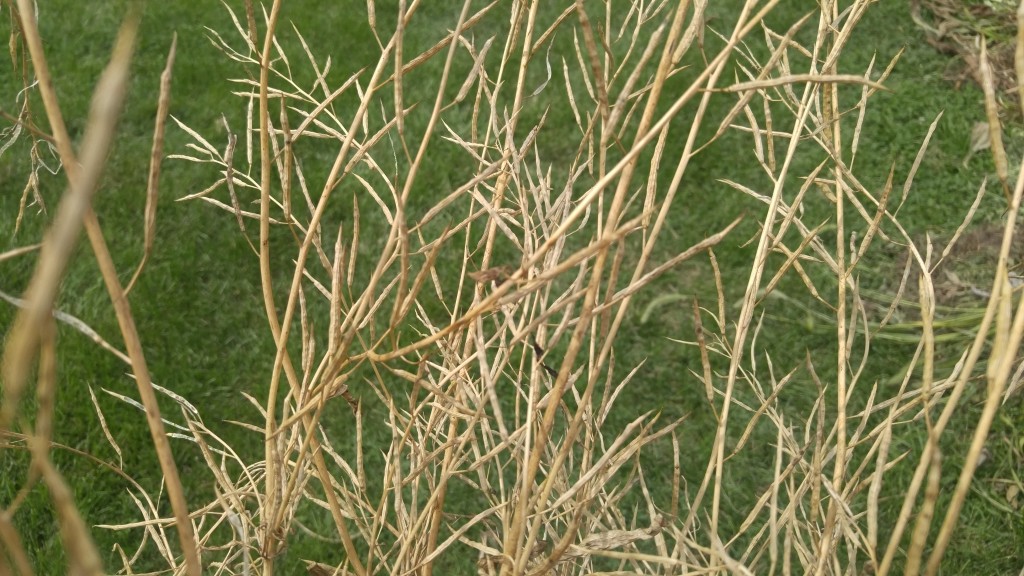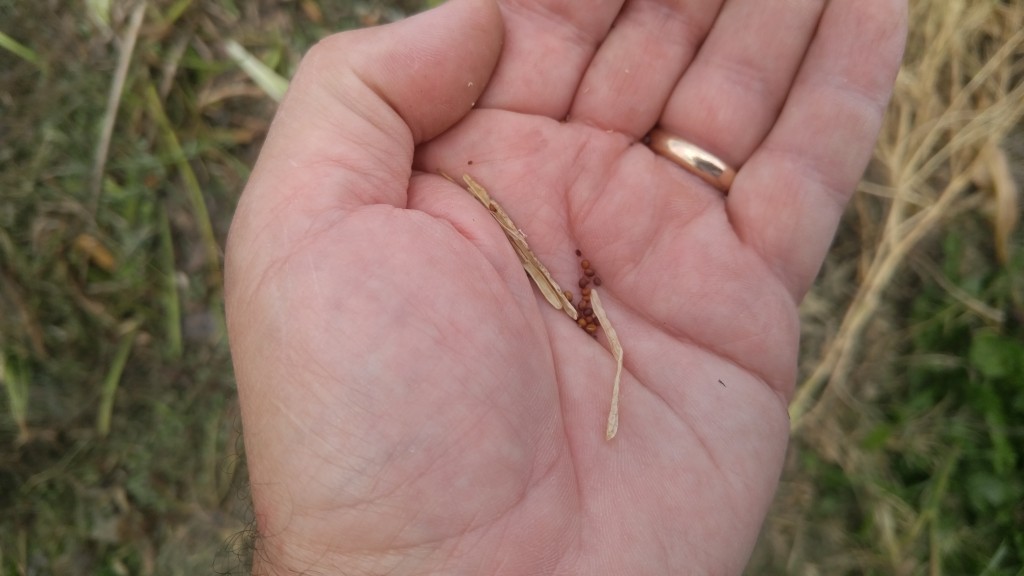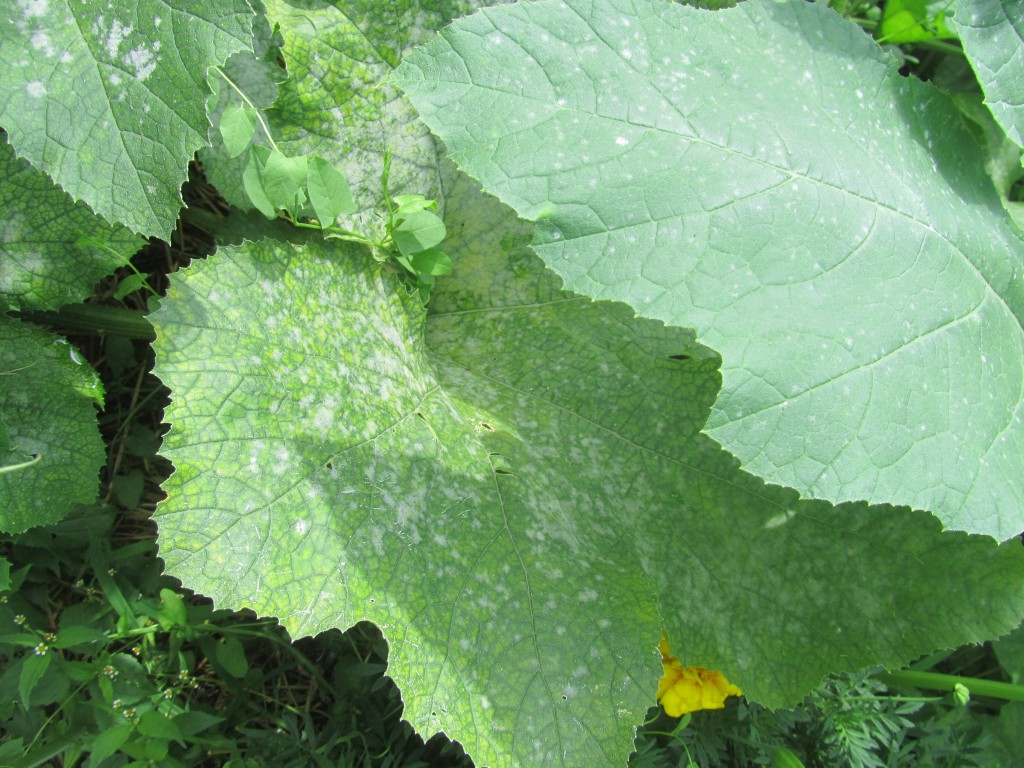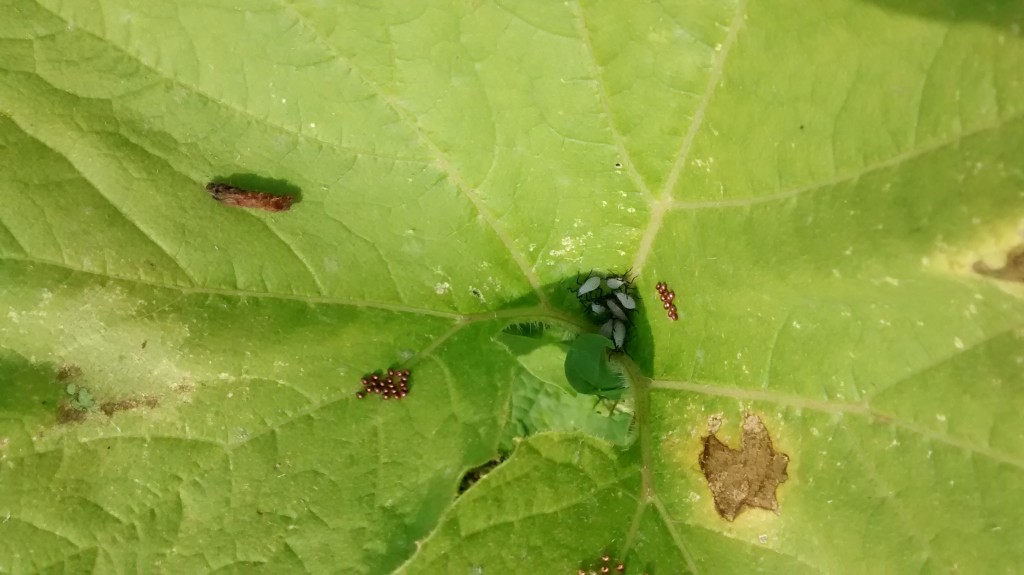I’ve grown a lot of different varieties of pumpkins in the past, big, small, orange,white, striped and everything in between. None ever got the number of comments that my warty pumpkins have.
It’s easy to understand why people are so interested in them once you see them up close and personal. Most of the time people ask,”what’s wrong with them?”. Well, there’s nothing wrong with them, that’s just the way Gladeux d’Eysine pumpkins grow. Most varieties pumpkins of course, are orange and round. Some are flattened, some are striped, some are white, these happened to be warty.
To tell you a secrete, I wasn’t even expecting to see these pumpkins in my garden. I got the seeds from some one who was giving away some envelopes of unlabeled seeds. She didn’t tell me the variety, she wanted it to be a surprise.
I planted the seeds as I usually do, five or six seeds to a hill. They came up and grew like common pumpkins, growing pretty good sized vines. Nothing about growing them was out of the ordinary until the pumpkins started to mature and grow those interesting bumps.
Gladeux d’Eysine is a French heirloom variety that French chefs use for soup and baking. Some people consider them a kind of winter squash, others call them pumpkins, I’m inclined to call them pumpkins because of the large, pumpkin-like stems they have. Either way, as do all pumpkin and squash, they belong to the gourd family Cucurbitacea.
I’m looking forward to doing something with them in the kitchen this fall, squash soup most likely. I also plan to save the seeds to plant and give away next year.
Bob
